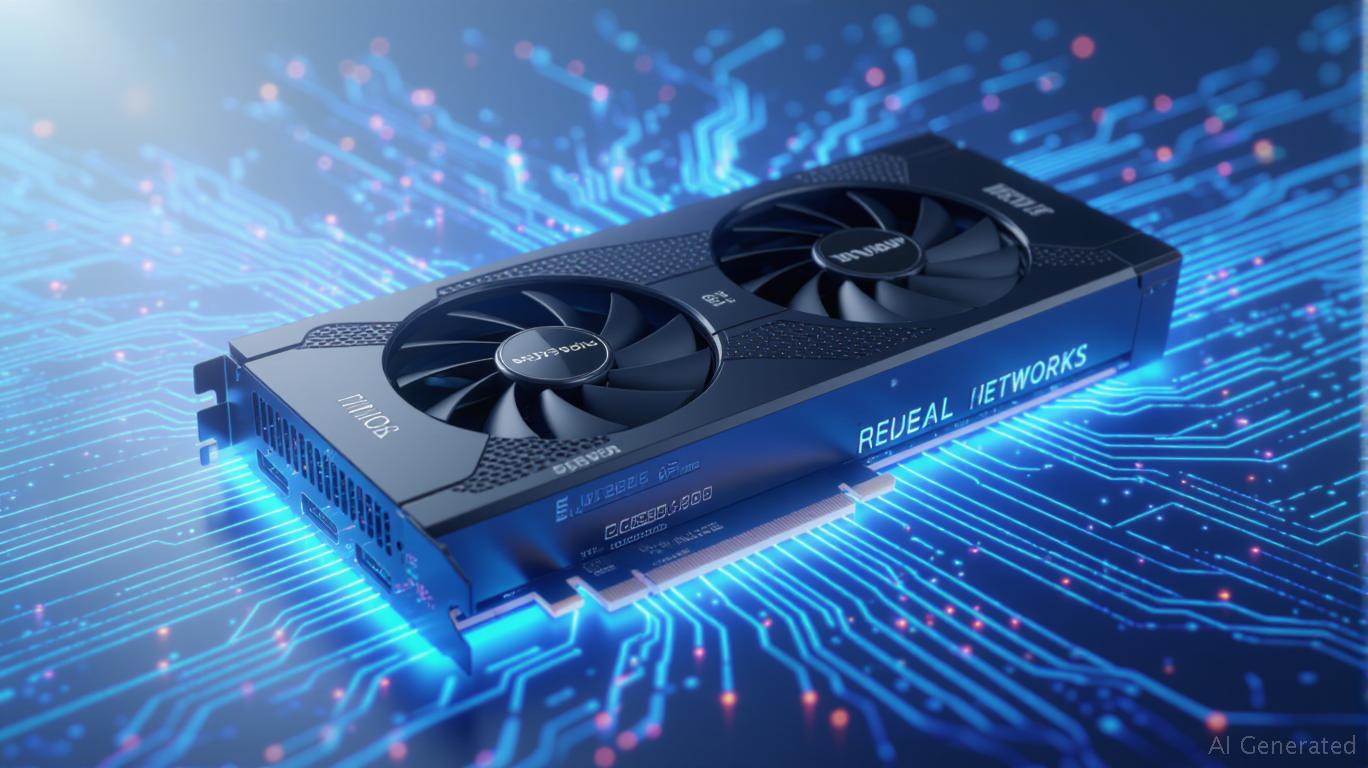AInvest Newsletter
Daily stocks & crypto headlines, free to your inbox
The meteoric rise of Jensen Huang's net worth—from $20 billion in early 2022 to a staggering $143 billion by July 2025—is more than a personal financial milestone. It is a symbol of AI's seismic shift in reshaping economic value, turning
into the world's most valuable company and Huang into a figurehead of the AI era. This article explores how NVIDIA's dominance in AI infrastructure has redefined tech leadership, why its growth trajectory is a buy signal for investors, and what risks lie ahead.
Huang's ascent mirrors NVIDIA's transformation from a gaming GPU supplier to the de facto backbone of the AI economy. By July 2025, NVIDIA's market cap breached $4 trillion, surpassing
and , driven by its control of 80% of the high-end AI GPU market. Its CUDA software ecosystem and partnerships with cloud giants like AWS and Microsoft Azure have created a near-impenetrable moat.
The numbers tell the story: NVIDIA's stock has surged over 700% since mid-2022, fueled by AI's insatiable demand for compute power. Huang's 3.5% stake in NVIDIA alone—valued at $140 billion—reflects how AI's value is now measured not in units sold but in strategic control of infrastructure.
NVIDIA's Blackwell GPU series epitomizes its leadership. Delivering 2.2x performance gains over its predecessor on large language model benchmarks, Blackwell has become the gold standard for training AI models. Full-scale production in Q3 2025 and partnerships with sovereign nations—such as Denmark's $1.2 billion AI supercomputer and Japan's telecom-AI hybrid project—cement NVIDIA's role as a global infrastructure provider.
The Data Center segment, now 90% of NVIDIA's revenue, underscores this shift. Cloud providers, automakers, and governments are all racing to adopt NVIDIA's AI platforms, ensuring recurring revenue streams. Even competitors like
and Intel's Habana Gaudi chips lag behind in ecosystem integration and performance.NVIDIA's value lies not just in hardware but in its AI ecosystem. Its partnerships span industries:
- Healthcare: Siemens Healthineers and Mayo Clinic use NVIDIA's MONAI Deploy for genomics and drug discovery.
- Telecom: T-Mobile and
These partnerships create a network effect—the more companies adopt NVIDIA's tools, the harder it becomes for rivals to compete.
Despite its strength, NVIDIA faces hurdles:
1. U.S. Export Controls: Restrictions on high-end GPU sales to China, its largest market outside the U.S., could limit growth.
2. Supply Chain Bottlenecks: HBM (High-Bandwidth Memory) shortages temporarily constrained Blackwell production, though partnerships with SK Hynix and
NVIDIA's strategic position as the gatekeeper of AI compute makes it a must-own stock for long-term tech investors. Key arguments:
- Moats in Hardware and Software: CUDA's developer lock-in and Blackwell's performance edge reduce competition risk.
- Global AI Infrastructure Demand: Governments and enterprises are pouring trillions into AI supercomputing, with NVIDIA at the center.
- Diversified Revenue Streams: From automotive (e.g., Tesla's adoption of NVIDIA Drive) to cloud services, NVIDIA's ecosystem shields it from sector-specific dips.
Actionable Advice:
- Buy on dips: NVIDIA's volatility (e.g., a 17% drop in January 2025) creates entry points.
- Hold for the long term: AI's decade-long trajectory makes NVIDIA a core holding, despite short-term risks.
- Monitor China relations: U.S. export policies will heavily influence growth—diversification into domestic markets could mitigate this.
Jensen Huang's wealth surpassing Warren Buffett's is no fluke—it's a manifestation of AI's reordering of economic power. NVIDIA's control of AI's critical infrastructure positions it as the Microsoft of the 2020s, with decades of dominance ahead. Investors who bet on NVIDIA today are not just buying a stock; they're investing in the architecture of the next technological revolution.
The charts don't lie. In the AI age, owning NVIDIA means owning the future.
Data as of July 2025. Past performance does not guarantee future results.
Tracking the pulse of global finance, one headline at a time.

Dec.17 2025

Dec.17 2025

Dec.17 2025

Dec.17 2025

Dec.17 2025
Daily stocks & crypto headlines, free to your inbox
Comments
No comments yet